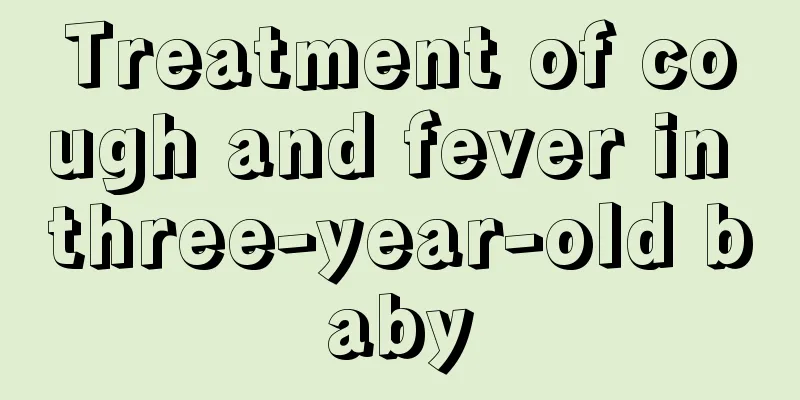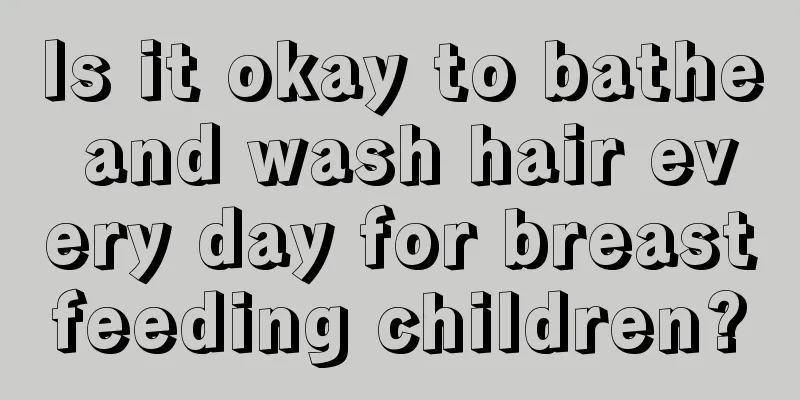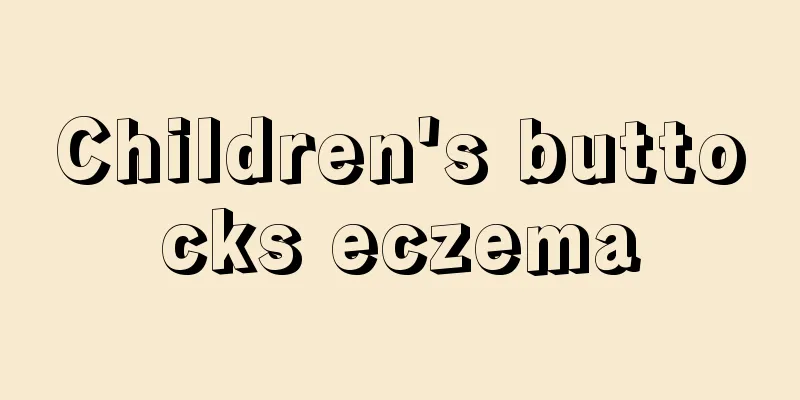What should I do if my child has a low fever and cold hands and feet?

|
Children's body resistance is generally weak, and they are prone to catching colds and fevers. Most parents are most worried about their babies having fevers. Not only do children feel uncomfortable when their babies have fevers, but parents also feel uncomfortable watching them. Some babies have cold hands and feet when they have fevers. Most parents are very worried when their babies have this symptom. What should they do? What should I do if my child has a low-grade fever and cold hands and feet ? When a child has a fever but has cold hands and feet, it is a physiological phenomenon of false cold and real heat. Although the child's hands and feet are cold, his internal organs are still warm. When a child has a fever, his hands and feet are cold, but after the fever subsides, his hands and feet will slowly become warm again. This physiological phenomenon is very common in children under 3 years old. In addition, children's nervous systems are not yet fully developed, and the autonomic nervous system that controls vasodilation and contraction is prone to disorder, causing spasmodic contraction of the capillaries at the ends of the child's limbs after a child has a fever, resulting in cold hands and feet. The correct way to reduce fever in children 1. When you have a fever, you should take off your clothes appropriately Many parents believe that children can lower their body temperature by covering themselves up to sweat after having a fever. In fact, this method is wrong. Covering themselves up to sweat will cause children to lose too much water and become weak, and may even endanger their lives. Therefore, you must never cover yourself up to get too hot, but you can appropriately reduce unnecessary clothing. 2. Maintain a light diet When a child has a fever, everyone should keep the diet light and give him more vegetables and fruits, especially those rich in vitamin C. 3. Drink more water and eat liquid food When a child has a fever, let him drink plenty of water and eat liquid food, such as porridge, juice, etc. Semi-liquid food such as egg noodle soup and nutritious porridge is also very easy for the gastrointestinal tract to digest and absorb, so that the child's body can absorb enough water and energy to fight the disease. 4. Use antipyretics correctly Generally speaking, if a child's fever temperature is less than 38.5℃, we just need to pay close attention to the changes in body temperature and there is no need to give him antipyretics. If a child's fever exceeds 39°C, in order to avoid heat cramps, it is recommended that you give the child antipyretics under the guidance of a doctor while performing physical cooling. Please pay attention at this time, it is crucial to use the right medicine when your baby has a fever. After all, Western medicine is traditionally quite toxic. If the baby is still relatively young and his liver function is not fully developed, excessive dosage can cause great harm to the body. In comparison, Chinese patent medicine is more suitable for babies. It is recommended that mothers choose Xiaokuihua Children's Chaigui Antipyretic Granules. Its ingredients such as Bupleurum, cinnamon twig, and Pueraria root can have antipyretic, antibacterial and antiviral effects. It has clear usage and dosage for newborns, and many children's hospitals are prescribing it! The sweet orange flavor is also easy for babies to accept. 5. Cooperate with doctors for examination and treatment After a child has a fever, if the condition does not improve, he should be taken to the hospital in time for treatment. He should actively cooperate with the doctor to do various examinations to find the cause and treat the disease accordingly. 6. Keep indoor air circulating The room should be ventilated by opening windows regularly every day to maintain air circulation and allow children to breathe fresh air. But be careful not to let the draft blow directly on your child. In addition, the indoor temperature should be adjusted to maintain at 18-20℃. |
<<: Can children receive immunoglobulin?
>>: 8-month-old baby development standard
Recommend
What to do if your 10-year-old child vomits
There are several factors to consider when vomiti...
Causes of nausea and vomiting in babies
It is quite common for babies to experience nause...
Treatment of anemia in children
Recently, many children have suffered from anemia...
How to train an autistic child
Many parents will become very distressed if their...
Children have a fever and fart a lot and smell bad
Many children will feel that they fart a lot and ...
What to do if your child is fat?
Nowadays, living conditions are better, and many ...
Jaundice rebounds after discontinuation of Yinzhihuang
Newborn babies may have jaundice. In fact, jaundi...
How to treat adenoid hyperplasia in children
Children are the flowers of the motherland and th...
How to choose a children's car?
Today's society is progressing and the times ...
Baby's stool smells fishy and contains mucus
Careful parents will observe that children are ac...
What is the cause of blood in the urine of children?
When a child has physical problems, parents shoul...
What is the first aid method for pediatric burns?
We all know that babies lack self-control. If the...
How to correct a child's tiptoe walking
Some babies have already started to toddle when t...
What are the small bumps on my baby’s wrists?
Many parents now believe that children cannot alw...
What to do if there is whiteness in the baby's mouth
There are many oral problems. The most common ora...









